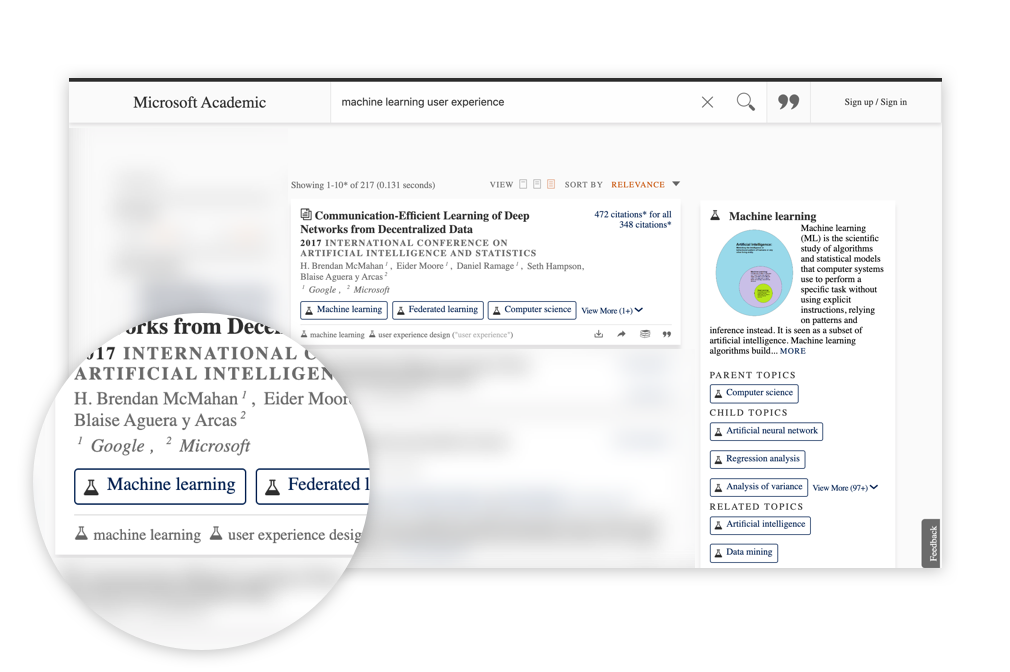Problem:
When the user is searching a catalogue of items, they want the system to return results based on that system’s understanding of the content of those items, not just via matching keywords contained in each.

Solution:
The system parses the user’s text input into semantic variables. Using machine learning-generated mapping and the ability for the system to learn about the content of items, it can use those semantic variables to return more meaningful results than just using keywords.
Discussion:
This is, of course, the true promise of all AI and ML powered software — rather than relying on precise input from the user to achieve optimal results, a system can take more ambiguous natural language, extrapolate the user’s intent from that, and combine that with an understanding of the actual meaning of the data. We are now seeing how effectively this can be implemented — one challenge will be in how quickly expert users who are used to “speaking computer” through decades of conditioning are able to adapt to software that is actually easier to use.